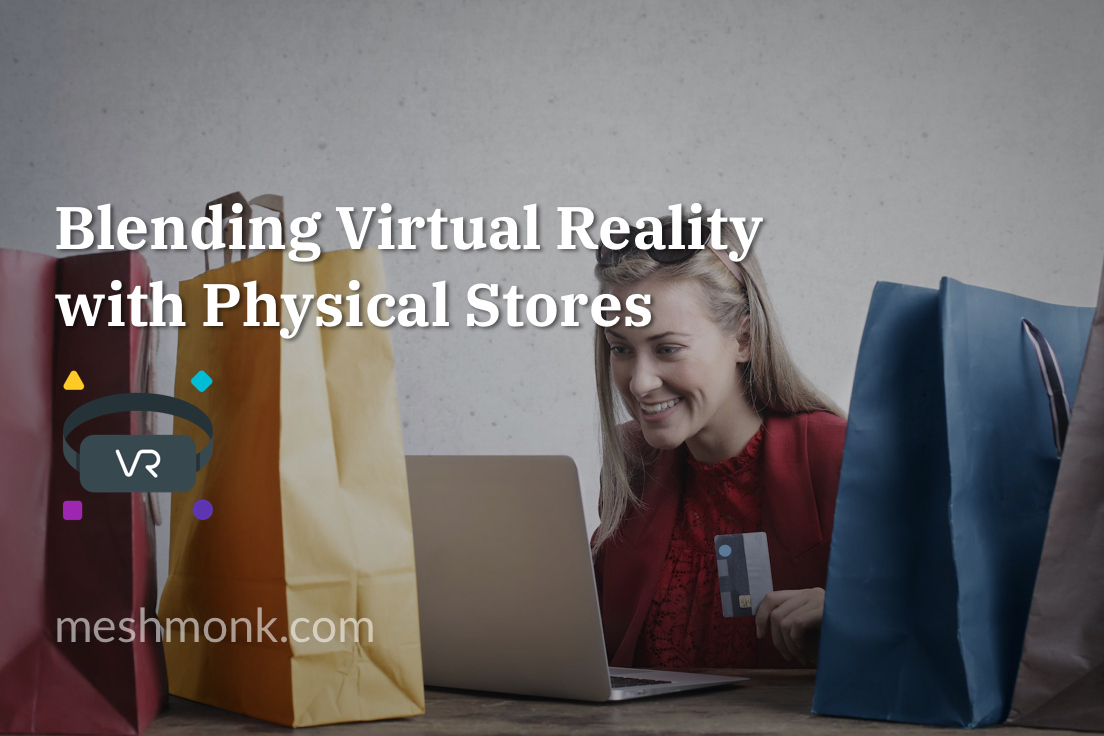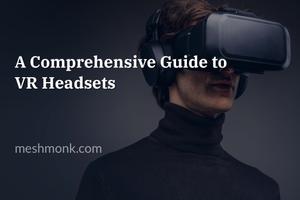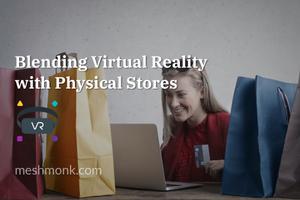Blending Virtual Reality with Physical Stores
In today’s fast-paced digital world, the lines between physical and virtual spaces are blurring. In the sphere of retail and e-commerce, this fusion is becoming increasingly prominent, particularly with the advent of Virtual Reality (VR) technology. While VR was once seen as a medium strictly for gaming and entertainment, it is now finding its way into the commercial realm, offering unique opportunities for businesses and an enhanced shopping experience for consumers. Let’s take a closer look at how virtual reality is blending with physical stores and shaping the future of e-commerce.
Embracing Virtual Reality in E-commerce
Virtual reality, defined by Oxford Languages as “the computer-generated simulation of a three-dimensional image or environment that can be interacted with in a seemingly real or physical way by a person using special electronic equipment,” is transforming the e-commerce industry.
Take, for example, IKEA, the Swedish multinational conglomerate. They’ve been early adopters of this technology, introducing the IKEA Place app, which allows customers to virtually place furniture in their homes to see how it fits and looks. Similarly, Amazon’s AR View offers a similar service, letting customers visualize online products in their own living space.
Leveraging the power of VR, companies are now able to provide immersive shopping experiences that extend far beyond the capabilities of traditional online or in-store shopping.
The Advantages for Stores
The integration of VR into the retail space provides a host of benefits for physical stores.
- Enhanced Customer Engagement: By offering an interactive, immersive experience, VR can significantly increase customer engagement. This could translate into higher conversion rates and increased customer loyalty.
- Reduced Returns: Through virtual ‘try before you buy’ experiences, customers can make more informed purchasing decisions. This can help to reduce the rate of product returns, a major issue in the e-commerce industry.
- Extended Reach: With VR, businesses can reach out to customers who might be geographically distant. A person could visit a virtual store and make purchases from the comfort of their own home, regardless of their location.
- Increased Sales: With the ability to showcase products in a more interactive and engaging manner, VR could potentially lead to an increase in sales.
The Future is Here
The blending of virtual reality with physical stores marks a significant shift in the retail landscape. It’s a move towards a more immersive, experiential form of shopping that combines the best of both online and offline retail.
Innovative companies like Balenciaga, have already embraced this change. In December 2020, they made headlines by launching a VR fashion show, providing viewers with a unique, immersive experience. This shows that the potential for VR in the retail industry extends beyond simply product visualization, and could revolutionize the way we shop.
The future of e-commerce lies in its ability to adapt and evolve, blending the latest technologies with traditional retail practices to create an entirely new shopping experience. With VR, the possibilities are limitless.
Another notable example is Alibaba, a global e-commerce giant. They’ve developed an entire virtual reality shopping experience called Buy+, which allows customers to browse and purchase products in immersive, 3D environments. This is a leap towards the future, making shopping a more engaging and enjoyable experience.
Alibaba’s VR shopping platform, Buy+, was introduced during the Singles’ Day shopping festival in China in 2016. The platform reportedly attracted over 8 million users within the first week of its launch.
Embracing the Change
The future of e-commerce lies in its ability to adapt and evolve, blending the latest technologies with traditional retail practices to create an entirely new shopping experience. As businesses realize the potential of VR, we can expect to see an increase in the adoption of this technology.
Embracing virtual reality can help businesses stand out in the crowded e-commerce space, providing unique, immersive experiences that customers cannot find elsewhere.
Furthermore, this fusion of VR and e-commerce could potentially revolutionize industries beyond retail. For instance, real estate companies could use VR to provide virtual tours of homes, and travel agencies could offer virtual visits to exotic locations.

The future
With VR, the possibilities for e-commerce are limitless. As this technology continues to evolve, we can expect to see even more innovative applications that will further transform the shopping experience.
According to a report by Grand View Research, the global virtual reality market size was valued at USD 15.81 billion in 2020 and is expected to grow at a compound annual growth rate (CAGR) of 18.0% from 2021 to 2028.
In conclusion, the fusion of virtual reality with physical stores is not just a trend, but a significant evolution in the e-commerce industry. As businesses continue to adapt and innovate, we can look forward to a more immersive, engaging, and exciting future for retail.
If you are an e-commerce business, now might be the time to consider how you can leverage VR technology to enhance your customers’ shopping experience and stay competitive in this rapidly evolving landscape.




